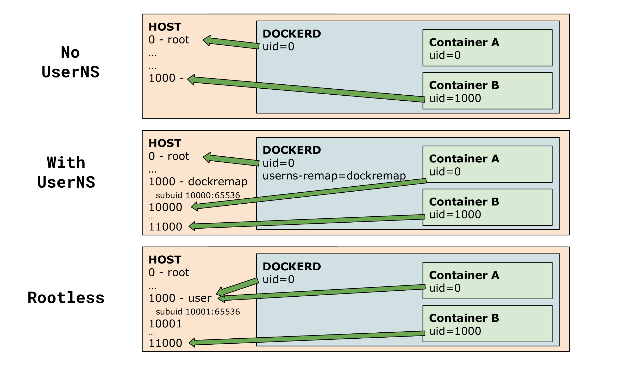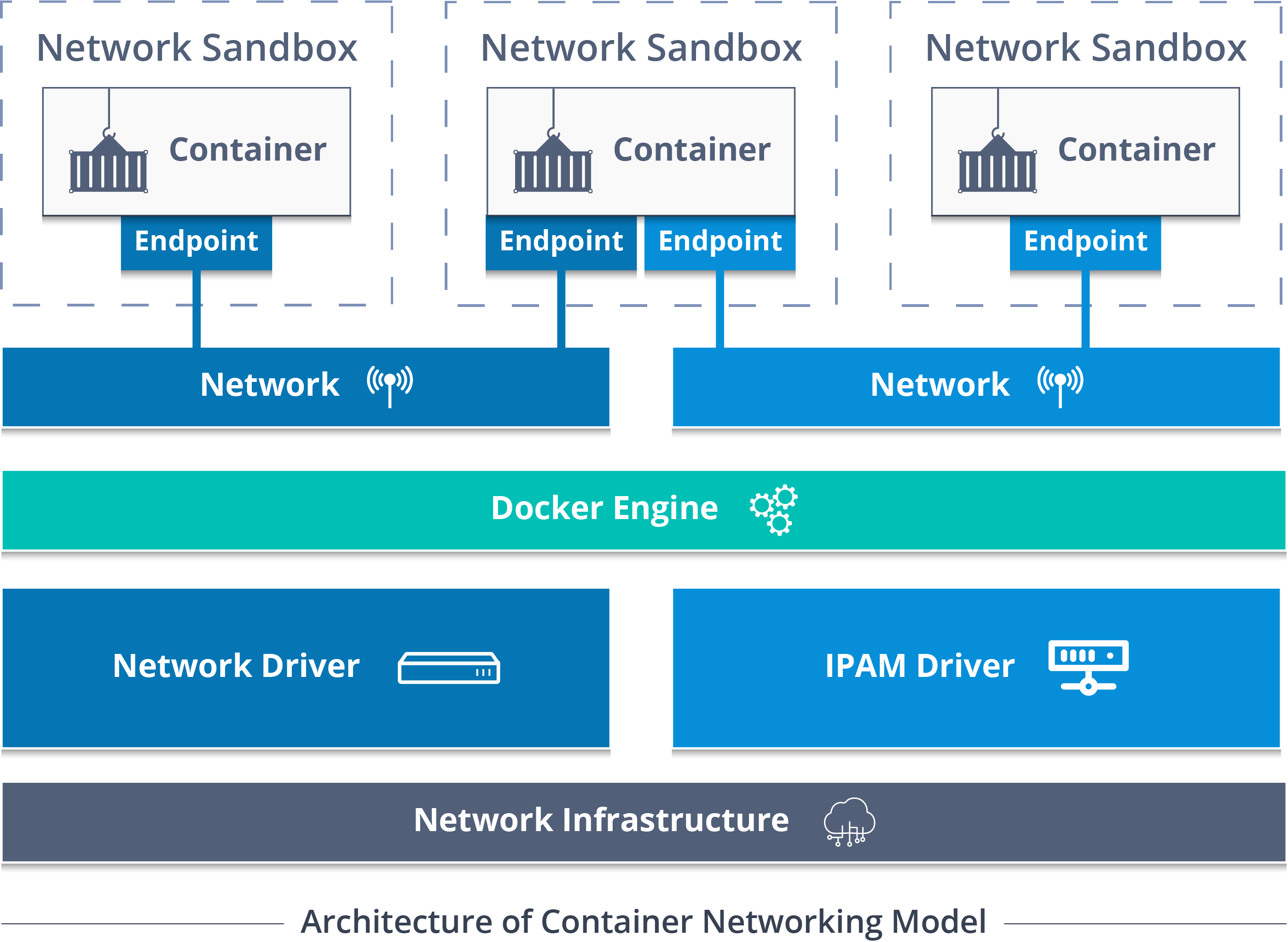

- #Docker network security install#
- #Docker network security drivers#
- #Docker network security driver#
- #Docker network security windows#
#Docker network security windows#
This can be useful for allowing docker commands on a host machine to access the Docker daemon on a Linux virtual machine, such as an Arch virtual machine on a Windows or macOS system. It is possible to configure the Daemon to additionally listen on a TCP socket, which can allow remote Docker API access from other computers. This is an appropriate option for most use cases.
#Docker network security driver#
See the btrfs driver and zfs driver documentation for more information and step-by-step instructions.īy default, the Docker daemon serves the Docker API using a Unix socket at /var/run/docker.sock.

Users of btrfs or ZFS may use the btrfs or zfs drivers, each of which take advantage of the unique features of these filesystems.
#Docker network security drivers#
There are a few legacy drivers such as devicemapper and aufs which were intended for compatibility with older Linux kernels, but these have no advantages over overlay2 on Arch Linux. The default overlay2 driver has good performance and is a good choice for all modern Linux kernels and filesystems. The storage driver controls how images and containers are stored and managed on your Docker host. If you wish to use the command line flags instead, use systemd drop-in files to override the ExecStart directive in rvice.įor more information about options in daemon.json see dockerd documentation. According to the Docker official documentation, the configuration file approach is preferred. The Docker daemon can be configured either through a configuration file at /etc/docker/daemon.json or by adding command line flags to the rvice systemd unit. See the Docker Getting Started guide for more usage documentation. See the Docker API developer documentation for more information. Note that if the Docker daemon stops or restarts, all currently running Docker containers are also stopped or restarted.Īlso note that it is possible to send requests to the Docker API and control the Docker daemon without the use of the docker CLI command. Understanding the relationship between the client ( docker), server ( rvice) and containers is important to successfully administering Docker. Typically, users use Docker by running docker CLI commands, which in turn request the Docker daemon to perform actions which in turn result in management of Docker containers.
#Docker network security install#
Install the docker package or, for the development version, the docker-git AUR package.

9.2 Default number of allowed processes/threads too low.9.1 docker0 Bridge gets no IP / no internet access in containers when using systemd-networkd.5.1 With NVIDIA Container Toolkit (recommended).5 Run GPU accelerated Docker containers with NVIDIA GPUs.3.3.2 Docker container proxy configuration.3.3.1 Docker daemon proxy configuration.


 0 kommentar(er)
0 kommentar(er)
